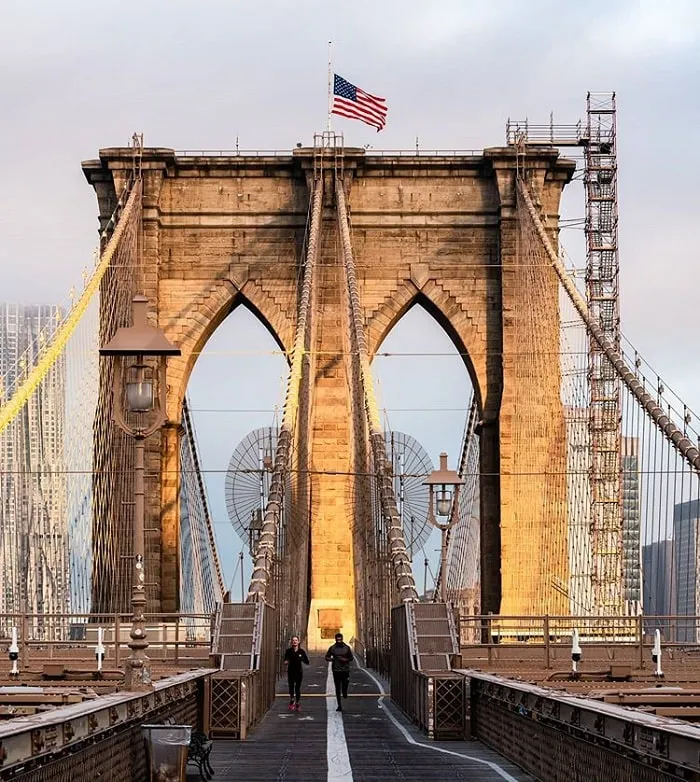Beyond its modern beauty, Italy is also the cradle of the Renaissance, a place that preserves invaluable historical, architectural, and artistic landmarks. Let’s explore the must-visit destinations to fully experience the essence of the Renaissance.
Florence: The Birthplace of the Renaissance
Florence, the capital of Tuscany, is known as the heart of the Italian Renaissance. This is where geniuses like Leonardo da Vinci, Michelangelo, and Dante Alighieri were born, and it was the origin of the Renaissance art and cultural movement.
Duomo (Florence Cathedral)
The Duomo, or the Cathedral of Santa Maria del Fiore, is the symbol of Florence. With Brunelleschi’s magnificent dome and stunning Gothic architecture, the Duomo is a testament to the talent and creativity of Renaissance artists. You can climb to the top of the dome to admire the panoramic view of the city and explore the magnificent frescoes inside.

Uffizi Gallery
The Uffizi Gallery is one of the most famous art museums in the world, housing a priceless collection of Renaissance works, including “The Birth of Venus” by Botticelli, “Annunciation” by Leonardo da Vinci, and many other masterpieces. Take your time to admire these works and learn about the lives and careers of renowned artists.
Ponte Vecchio (Old Bridge)
Ponte Vecchio is an ancient bridge spanning the Arno River, famous for its jewelry and souvenir shops built along the bridge. Ponte Vecchio is not only a unique architectural work but also a symbol of Florence’s prosperity and creativity.
Rome: The Eternal City
Rome, the capital of Italy, is a historic city with ancient ruins and magnificent Renaissance architecture. Once the center of the Roman Empire and later the center of the Catholic Church, Rome is a treasure trove of culture and history.
Vatican City
Vatican City, a small country within Rome, is the center of the Catholic Church and home to St. Peter’s Basilica and the Vatican Museums. St. Peter’s Basilica is a colossal architectural work with Michelangelo’s magnificent dome and beautiful sculptures and paintings. The Vatican Museums house a vast collection of art and antiquities, including the Sistine Chapel with Michelangelo’s famous frescoes.

Colosseum
The Colosseum is one of the symbols of Rome and one of the largest ancient Roman architectural structures still standing. The Colosseum was once the site of gladiatorial contests and other public events. Today, the Colosseum is a popular tourist attraction, drawing millions of visitors each year.
Roman Forum
The Roman Forum was the political, religious, and social center of ancient Rome. It contains many important ancient ruins, including the Temple of Saturn, the Temple of Vesta, and the Royal Palace. Walking through the Roman Forum, you will feel like you are traveling back in time to the glorious era of the Roman Empire.
Venice: The City of Canals
Venice, a city famous for its canals and gondolas, is one of the most romantic cities in the world. Venice was once a maritime superpower and an important trading center between East and West.
St. Mark’s Square
St. Mark’s Square is the center of Venice and one of the most famous squares in the world. It is home to St. Mark’s Basilica, Doge’s Palace, and St. Mark’s Campanile. St. Mark’s Square is a great place to relax, admire the scenery, and enjoy the vibrant atmosphere of Venice.
Doge’s Palace
Doge’s Palace is a magnificent Gothic architectural work, formerly the residence of the Doges (leaders) of Venice. Inside the palace, you can admire beautiful frescoes, intricate sculptures, and luxurious rooms.
Rialto Bridge
Rialto Bridge is the most famous bridge in Venice, spanning the Grand Canal. The Rialto Bridge is a symbol of Venice and a great place to admire the scenery and take photos.
Milan: The Fashion Capital
Milan, the capital of Lombardy, is one of the world’s leading fashion and design cities. Milan is also an important cultural and historical center of Italy.
Milan Cathedral (Duomo di Milano)
Milan Cathedral is one of the largest and most beautiful cathedrals in the world. With its magnificent Gothic architecture and thousands of decorative statues, Milan Cathedral is an unmissable architectural masterpiece. You can climb to the roof of the cathedral to admire the panoramic view of the city.

Galleria Vittorio Emanuele II
Galleria Vittorio Emanuele II is a luxurious shopping arcade built in the 19th century. With its glass-domed architecture and marble floors, Galleria Vittorio Emanuele II is a great place for shopping, dining, and sightseeing.
Teatro alla Scala
Teatro alla Scala is one of the most famous opera houses in the world. If you are a classical music lover, don’t miss the opportunity to see a performance at Teatro alla Scala.
Conclusion
The landmarks associated with the Italian Renaissance are not only beautiful architectural and artistic works but also historical witnesses, carrying invaluable stories and cultural values. Take the time to explore these destinations to fully appreciate the essence of the Renaissance and better understand Italian history and culture.